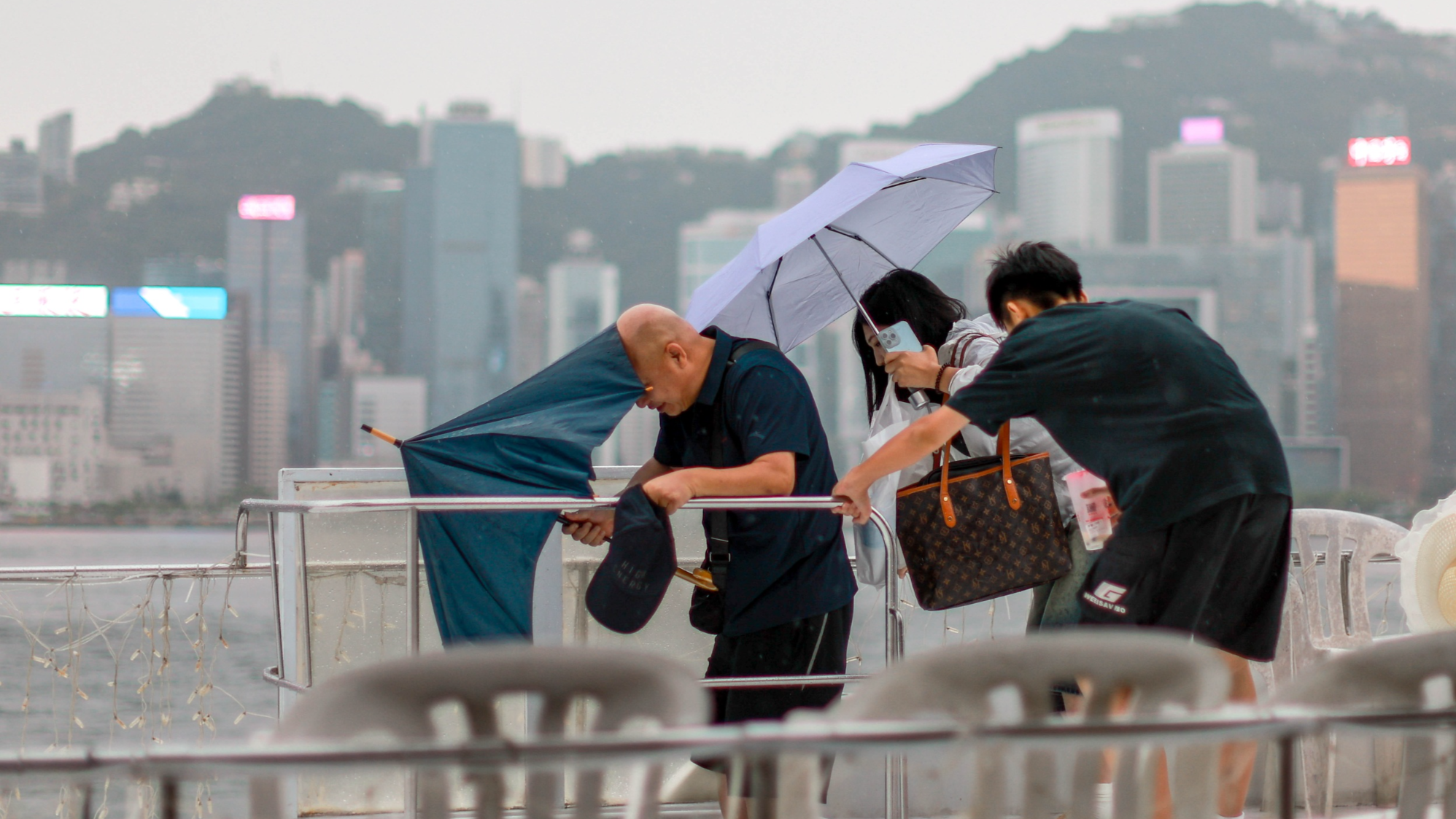
After a very dry first half of the year, more significant rainfall eventually returned to Hong Kong in July, mainly due to the passage of the remnant of tropical cyclone Danas and typhoon Wipha, along with showers brought by troughs of low pressure and active southwesterly airstreams.
The rainfall forced the city’s weather forecaster to issue the typhoon signal No. 10 on July 20 during the strike of Wipha.
The monthly rainfall was 601.7 mm, about 56 percent above normal. However, with the rainfall well below normal in the first half of the year, the accumulated rainfall recorded in the first seven months of 2025 was only 1,046.1 mm, a deficit of 29 percent compared to the normal amount of rainfall for the same period.
READ MORE: Hong Kong braves Typhoon Wipha
The month was also warmer than usual, with the monthly mean maximum temperature of 32.4 degrees Celsius, 0.8 degrees above the normal and one of the ninth highest on record for July, according to the Hong Kong Observatory.
The monthly mean temperature of 29.5 degrees Celsius was 0.6 degrees above normal, it added.
On July 7, the maximum temperature recorded at the HKO was 34.3 degrees, the hottest moderate heat ever recorded.
Wipha skirted about 60 kilometers south of the observatory towards noon on July 20, and many places were affected by storm to hurricane force winds during the day. More than 70 mm of rainfall was generally recorded over the city that day, and rainfall even exceeded 200 mm over parts of Hong Kong.
ALSO READ: HKO cancels all cyclone warnings as Typhoon Danas moves away
On July 29, the forecaster issued the first black rainstorm alert of the year.
According to the HKO, eight tropical cyclones occurred over the South China Sea and the western North Pacific in July.


